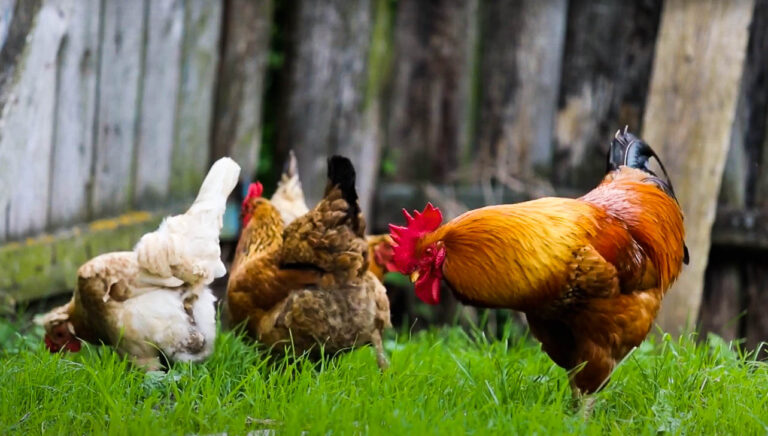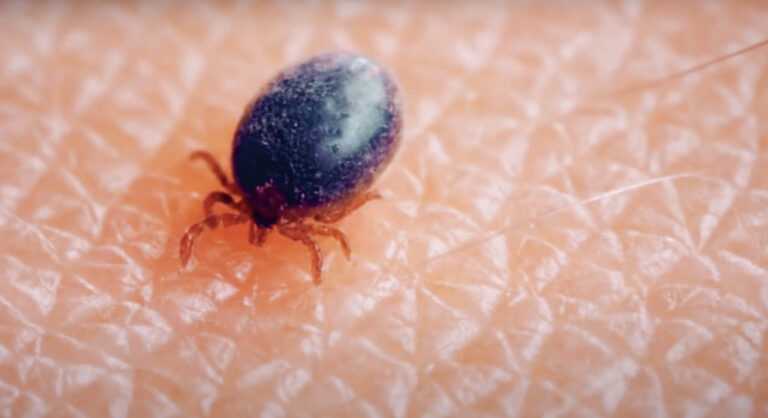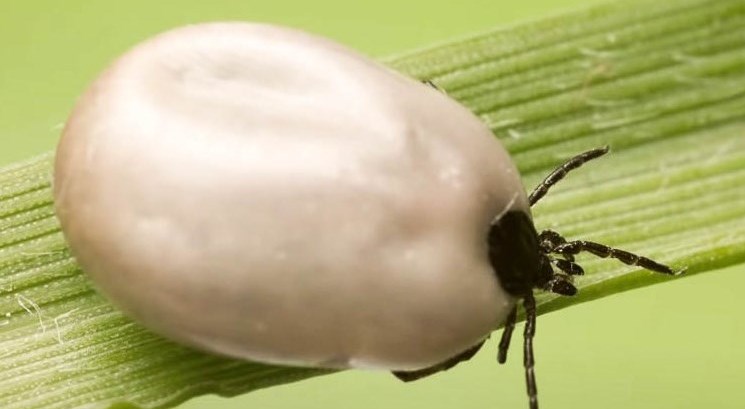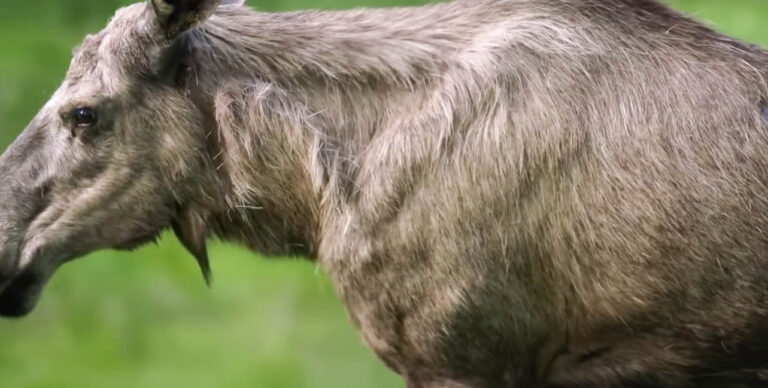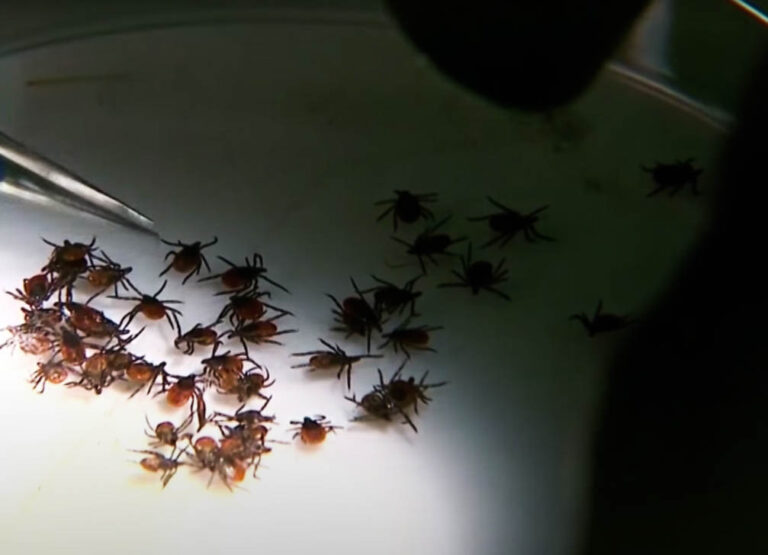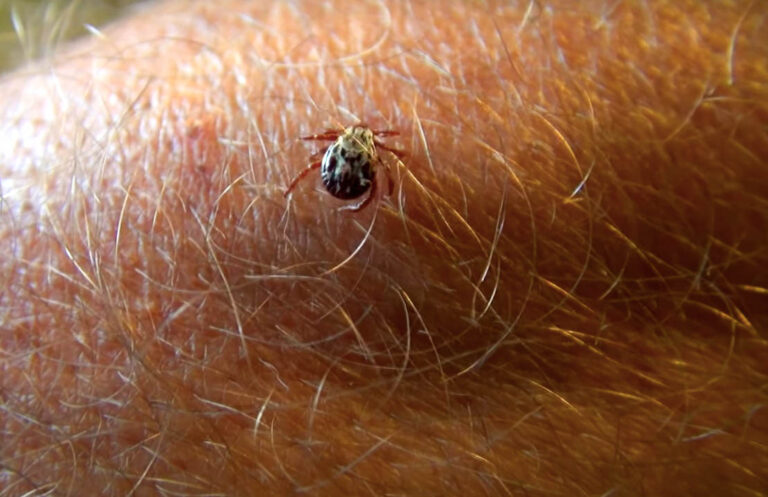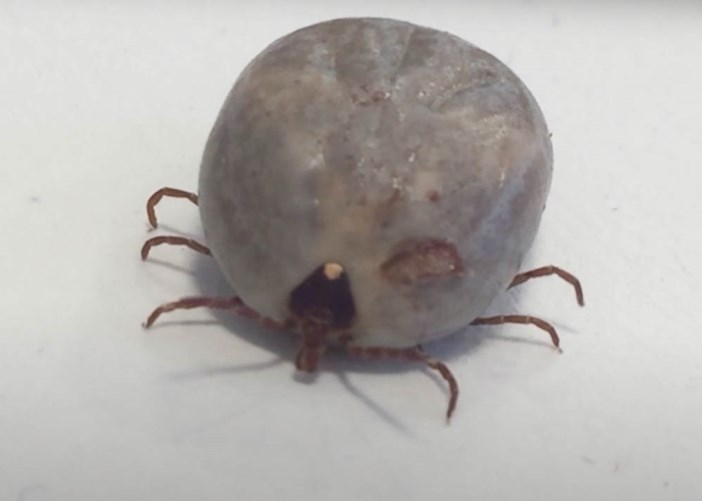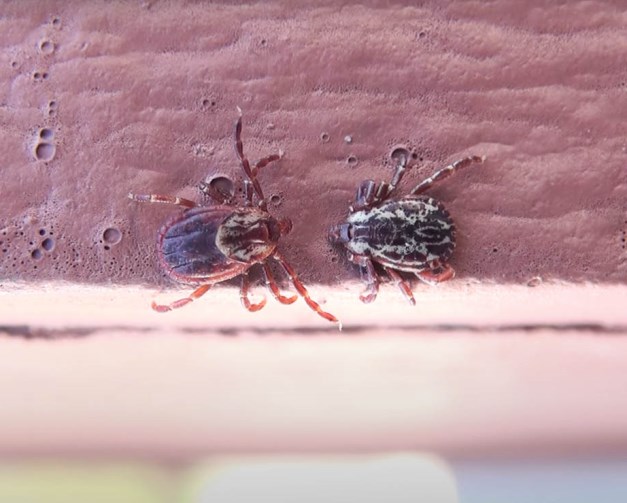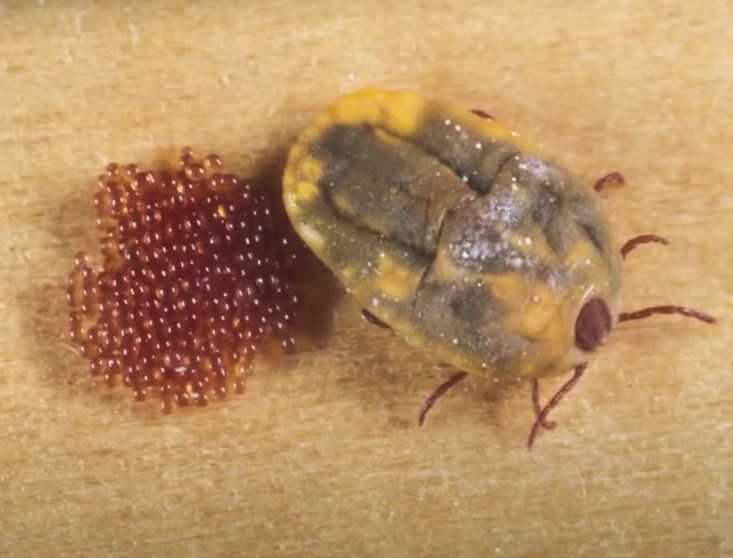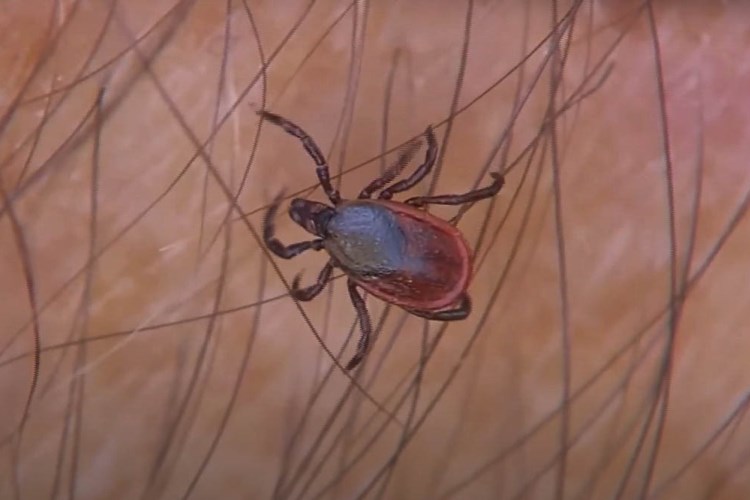About Deer Ticks
About Deer Ticks
Deer ticks get their name from the preference for deer as their hosts. They especially like to take blood meals from white-tailed deer. They are the top vectors of Lyme disease and apply their physical features and other features towards their parasitic and vector benefits.
Appearance
Deer ticks have brownish bodies. The color of their bodies could change after they take blood meals. After feeding, the color of the bodies of deer ticks could be brown-red or rust. The average length of the adult female deer tick is 3 to 5mm, before feeding. After the female adult tick takes blood meals, the length can increase to up to 10 mm. The nymphs are 1 to 2 mm long, while the larvae are about 1 mm long.
Behavior
Deer ticks are blood-sucking external parasites. They take blood meals from hosts by attaching to the host and piercing the skin with their mouthparts.
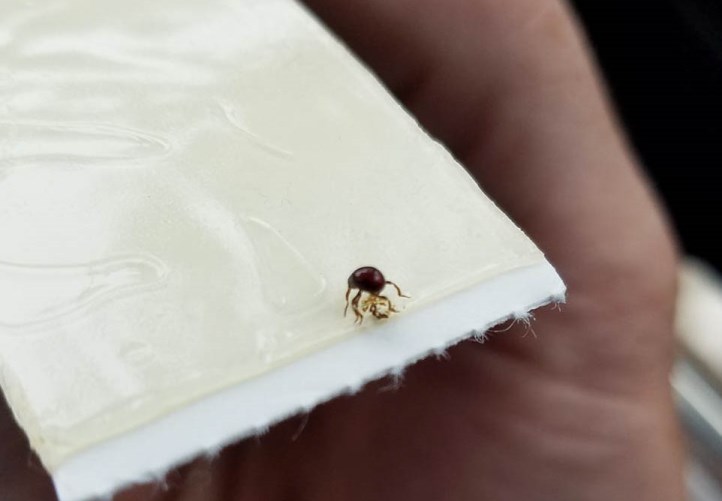
The ticks feed on blood as adults and as nymphs and larvae. As nymphs and larvae, they need blood to molt. As adults, they need blood to produce eggs. The ticks are especially known as vectors of deadly diseases such as Lyme disease. They transmit the disease by picking up the pathogen, Borrelia burgdorferi, from an infected host while feeding and transferring it to another host when they take another blood meal. Deer ticks are one of the major vectors of Lyme disease transferring the pathogen to both human and animal hosts.
As insects that do not fly or jump, they attach to their hosts by climbing to the top of grass and other kinds of vegetation. As the host goes through the area, the deer tick attaches to it. The hosts of deer ticks include field mice and deer. They especially love to feed on white-tailed deer.
Deer ticks apply their small size to their parasitic advantage. They could attach to their hosts unnoticed, hiding within fur and hair. Their bites are also not painful. A deer tick could attach to its host for a long period before the infestation is noted.
The activity of the ticks is influenced by factors such as the environmental temperature. As the temperatures fall below 45 degrees Fahrenheit, the activity of the ticks reduces. They are most active between the periods of February and early March as well as March and April.
Life Cycle
Deer ticks develop through four stages: the egg, the larva, the nymph, and the adult. The period of development from the egg to the adult is approximately two years. Overall, the period is influenced by features such as the availability of hosts and the weather conditions.
After the female adult takes a sufficient blood meal, she produces many eggs that begin the developmental process. The female can produce up to 3,000 eggs. The eggs hatch into larvae under favorable conditions. The deer tick larvae actively look for hosts because they need blood to molt into nymphs. They opt for small hosts and attach to rodents as well as other animals. After the larvae have taken a sufficient blood meal, over a period of about five days, the larvae drop off the host and molt into the nymph.

Deer tick nymphs also need blood and will seek hosts for blood meals. The nymphs molt into the adult ticks after they have taken a sufficient blood meal. The larva is described as responsible for picking up the pathogen of Lyme disease. The larva picks up the pathogen from the infected host, while the nymphs and adults introduce the pathogen into a new host.
Habitat
Deer ticks are mostly found in the eastern parts of the US, with a large population in the northeastern US. They live in wooded areas and grasslands where they are bound to find suitable hosts. They spend more time outdoors than indoors as they are not adapted for indoor living.
Thick grass and large mammal populations will attract the ticks to an area. They particularly like wooded areas with little to no sunlight exposure and a high levels of humidity.

